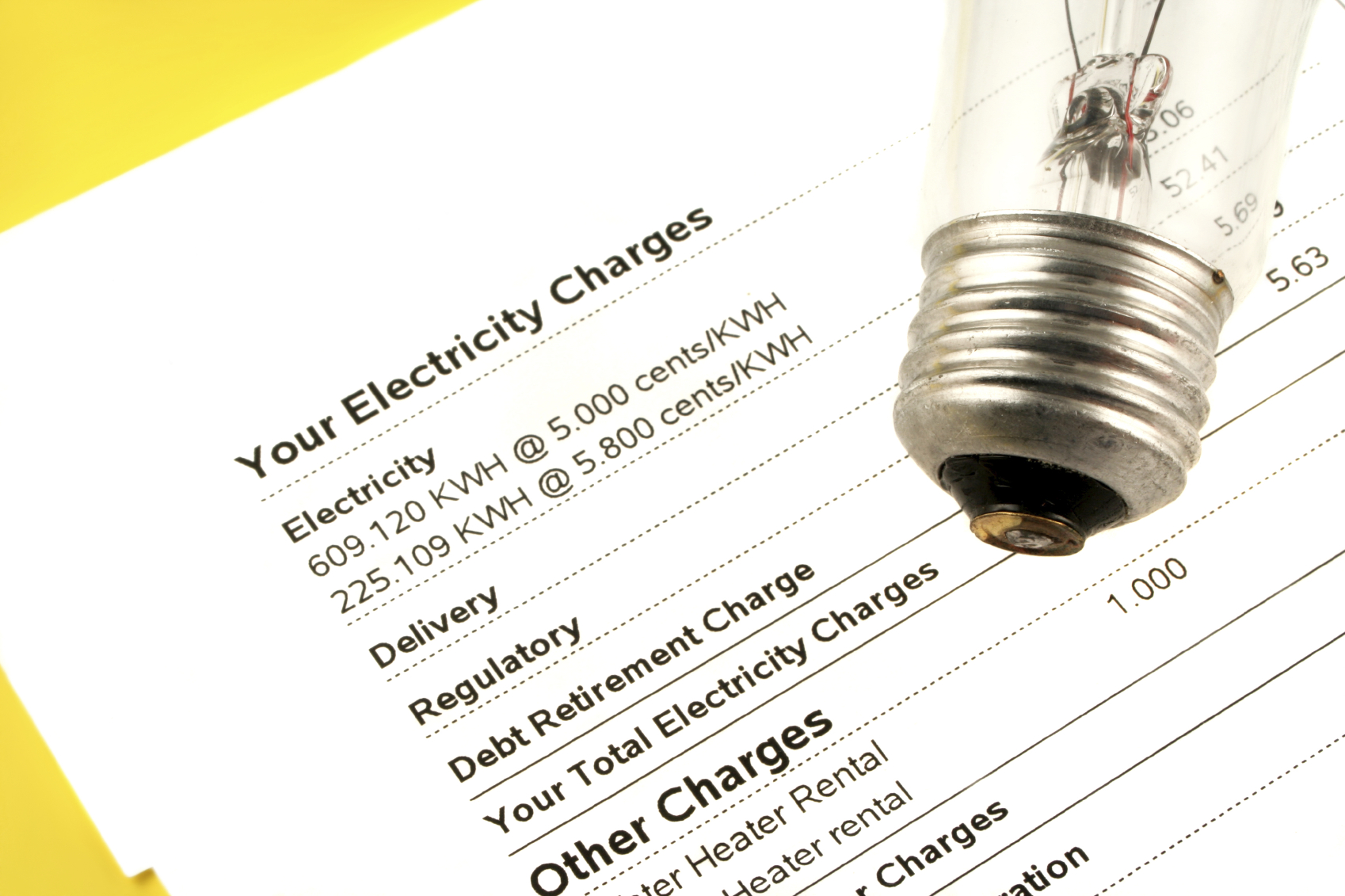
Submetering – The Key to Energy Management
Energy is undoubtedly a significant cost for industrial processes, and certainly for commercial facilities. But in many instances, the only energy-measuring devices for the facility are the ones the utility uses for billing purposes. Managing energy costs with utility bills is imprecise and many times, almost impossible – like measuring the dimensions of your garage with the car odometer.
To squeeze savings at the utility meter, monitor sub processes and systems simultaneously to troubleshoot and gain an understanding of interaction effects.
Commercial and industrial systems and processes can be a maze of mechanical, electrical, and chemical sub-processes. If something is tweaked in one area, are you negatively impacting other processes, thus making them less efficient from an energy standpoint, and increasing cost overall? It may be surprising how many apparent savings opportunities are lost with little net impact in the end because more energy is required for another sub process or system.
The key to herding the cats is submetering portions of processes or systems and major equipment. Submetering will allow for data trending, which can be used to identify problems, and to observe interaction effects with other systems.
Track systems and processes over time using submetering, and make data available to the operators responsible for the given subprocess and systems. Start with drawing your process boundaries and defining the instrumentation required to measure the utilities (i.e. steam, electric, gas, compressed air). Provide a visual screen or printed reports, preferably plotted in graphical format, to operators so they can observe and monitor consumption over time, as power varies with production, or weather, or system load. Measure subsystems and total facility energy consumption.
If energy cost is a priority, soon operators and managers will engage in competitive behavior, either competing with other shifts, or with their own past performance. This is human nature. Why not provide the key information to allow people to manage energy and at the same time provide challenge and interest in doing so? After all, regardless of super-sophisticated control systems and algorithms, optimizing system performance requires a motivated human mind. No computer control system is going to reason its way to this goal. But the human mind needs submetering data or else the feedback loop is broken, and you’re back to measuring feet and inches with the odometer.




